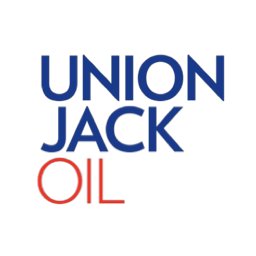Oil prices regained ground after a rocky start to April, buoyed by shifting U.S. tariff policies and an unexpected resurgence in Chinese crude imports. Behind the scenes, however, global energy markets are navigating a fine balance between trade war jitters and encouraging signals of regional demand. For investors, this mix of volatility and opportunity is creating new inflection points across commodities.
Oil futures edged higher on Monday, bolstered by a combination of easing tariff measures from Washington and a notable uptick in Chinese crude oil imports. Brent crude rose by 62 cents to reach $65.38 per barrel, while West Texas Intermediate (WTI) followed suit, climbing to $62.12. The 1% increase offered a momentary lift in a market that has seen prices shed approximately $10 per barrel since the beginning of the month.
Investor sentiment found temporary relief following the U.S. administration’s decision to grant exclusions on tariffs for select Chinese electronics, including smartphones and computers. The move signalled a potential softening in trade tensions, at least temporarily, and offered respite to markets battered by policy unpredictability. According to Harry Tchilinguirian, global head of research at Onyx Capital Group, this kind of policy shift helped elevate market mood, but lingering volatility remains a key risk as the geopolitical chess game continues.
The latest developments come amid mixed messages from Washington. President Trump announced that further tariff decisions, including those targeting imported semiconductors, would be disclosed within the week. These back-and-forth announcements have injected uncertainty into global markets, making it increasingly difficult for businesses and investors to chart a clear course.
Adding fuel to the positive sentiment, China’s March crude oil imports jumped by nearly 5% year-on-year. This sharp recovery followed two slower months and was driven in part by increased deliveries from Iran and Russia. The data pointed to strengthening demand from the world’s largest oil importer, providing some counterbalance to the bearish narrative surrounding broader global consumption.
Still, broader headwinds remain. Analysts continue to downgrade price forecasts in response to the entrenched trade dispute between the U.S. and China. Goldman Sachs now projects Brent crude to average $63 for the remainder of 2025, dropping to $58 in 2026. WTI is expected to hover around $59 this year and fall to $55 next year. A key factor behind these revisions is softening demand, particularly for petrochemical feedstocks, which are facing stagnation amidst economic uncertainty.
Further signalling market scepticism, the Brent futures curve between December 2025 and December 2026 has entered contango. This pricing structure, where future contracts are more expensive than current prices, often reflects expectations of oversupply and underwhelming demand growth. According to analysts at BMI, a unit of Fitch Solutions, this shift suggests that investors are already pricing in a glut in the years ahead.
On the supply side, signs of retreat are beginning to emerge. The U.S. rig count has declined for a third consecutive week, reflecting producer caution as price weakness and macroeconomic risks persist. Meanwhile, geopolitical tensions are once again in the spotlight. U.S. Energy Secretary Chris Wright hinted at renewed efforts to restrict Iranian oil exports in response to Tehran’s nuclear activities. Diplomatic discussions between the U.S. and Iran continued over the weekend in Oman, with both parties describing the talks as “positive” and agreeing to further dialogue.
In the midst of uncertainty, there are pockets of resilience and potential. The dynamic between demand recovery in Asia, geopolitical moves in the Middle East, and U.S. trade manoeuvres will remain central to oil price trajectories in the months ahead. Investors tracking these developments closely could find opportunities as volatility carves out new paths in the energy space.
Union Jack Oil plc (LON:UJO) is an oil and gas company with a focus on onshore production, development, exploration and investment opportunities within the United Kingdom and the United States of America hydrocarbon sector.







































